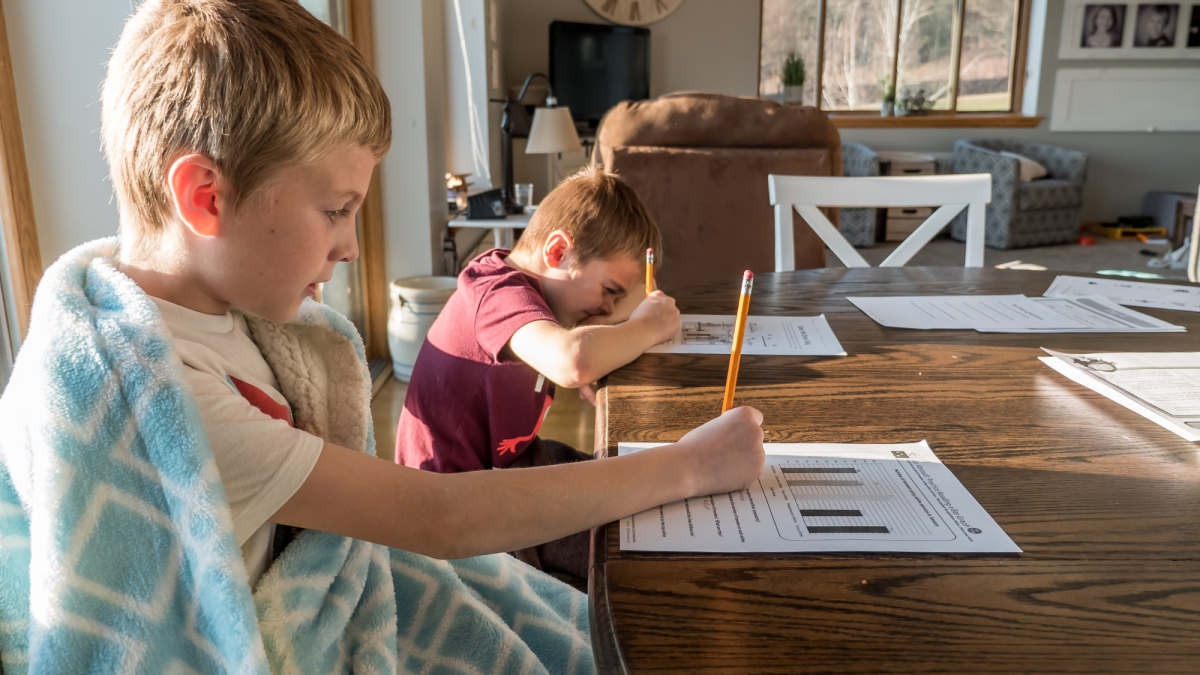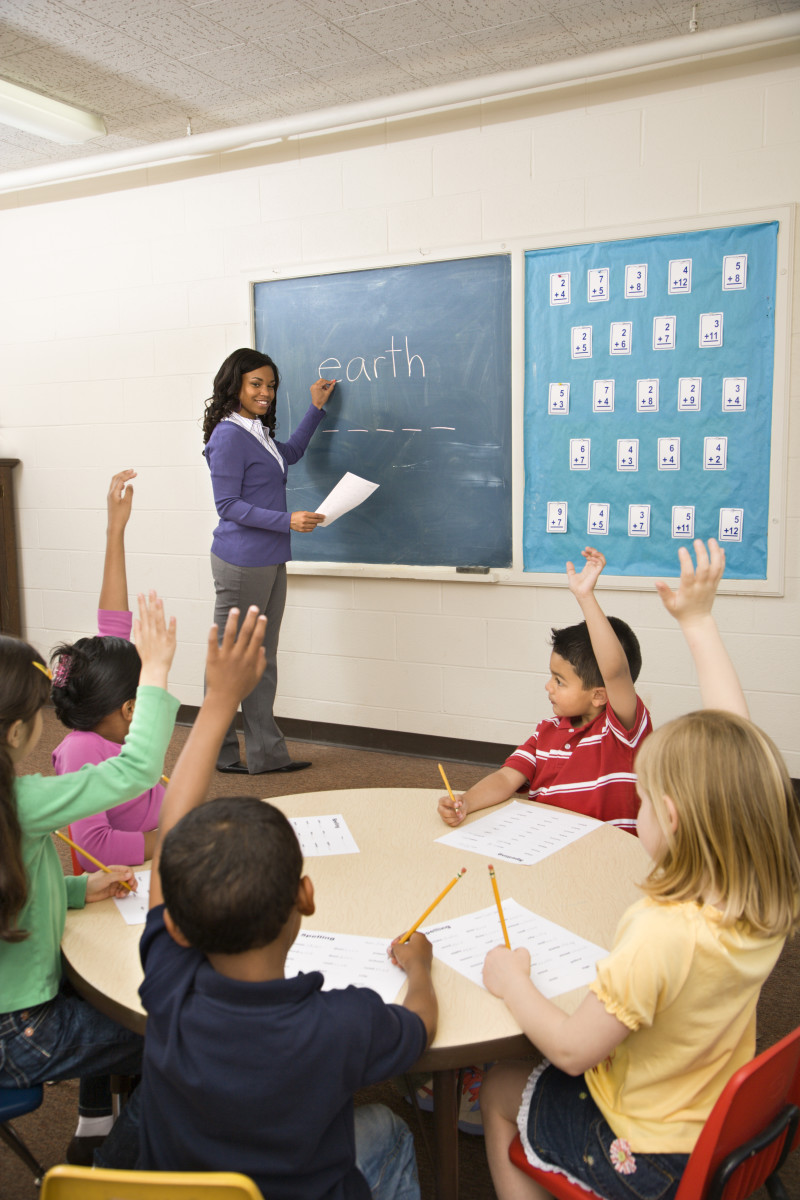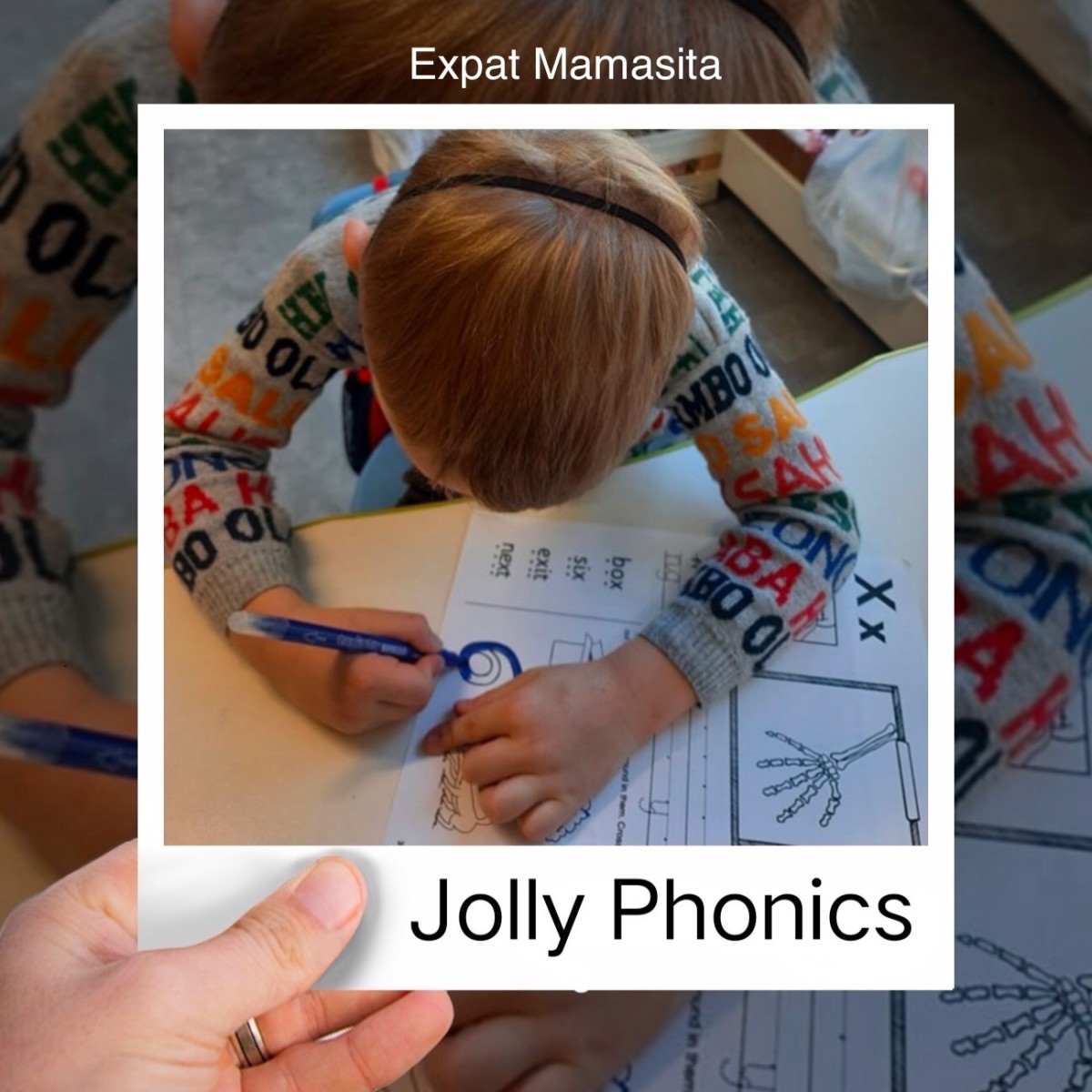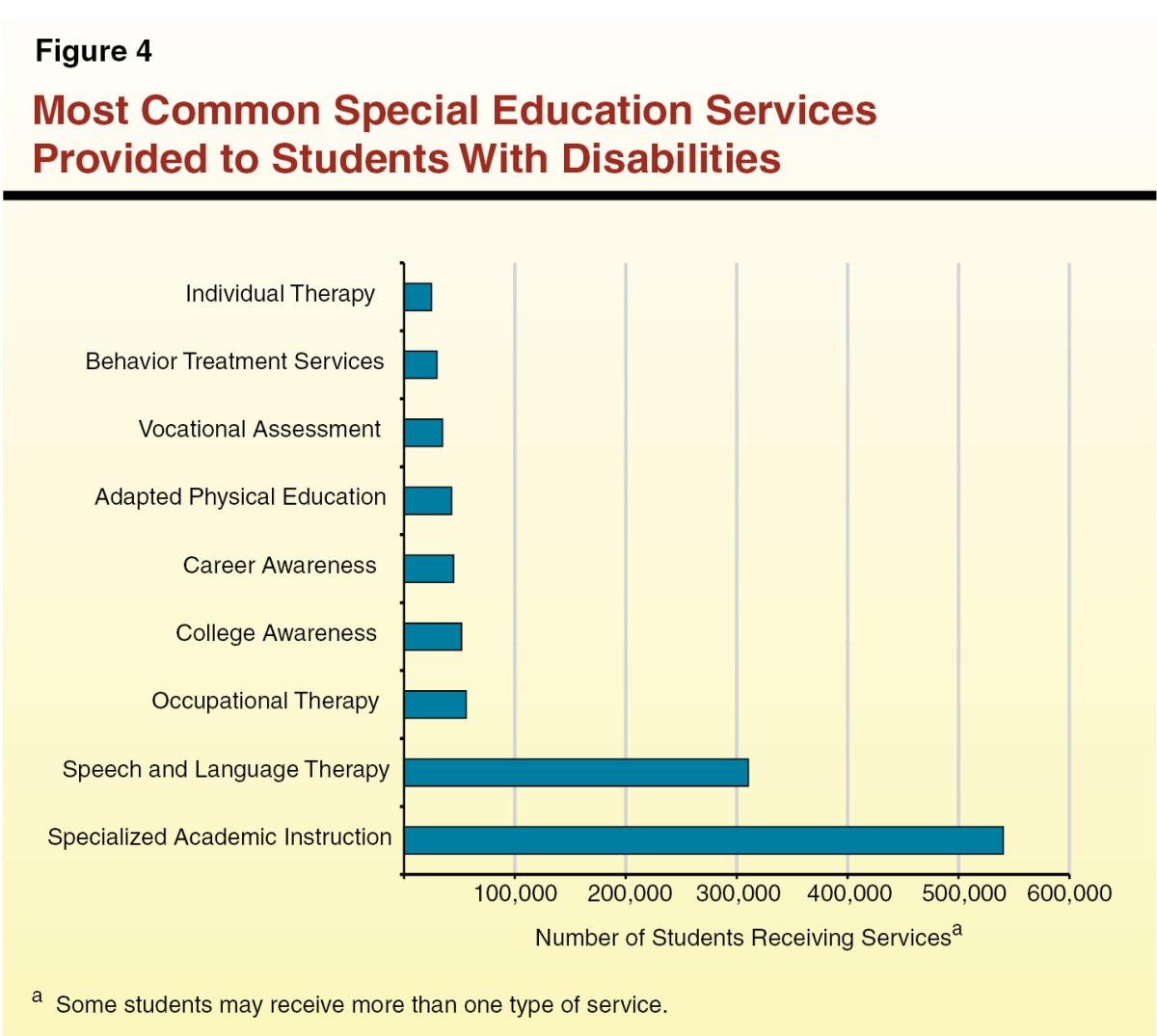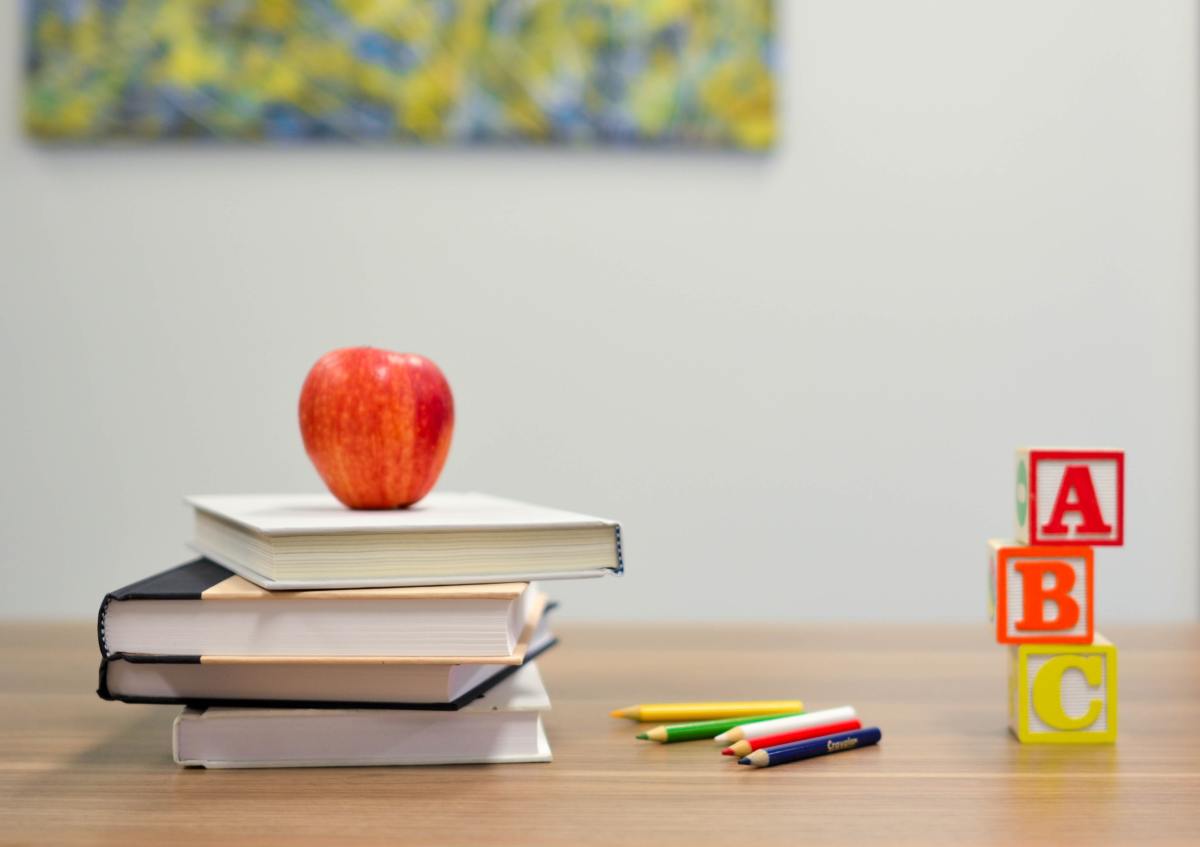Stephen Lecce: The Problem While Negotiating Via Press Conference
Lecce's Press Conference, March 3, 2020
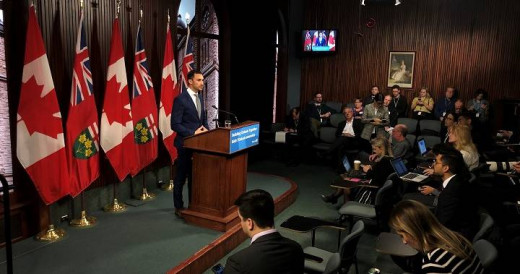
Negotiation Is At A Table, Not A Podium
I was really nervous when Ontario's minister of education Stephen Lecce announced a "major" press conference on March 3, 2020. Anytime the man has opened his mouth publicly, teachers have either been vilified, more lies have been introduced, or just bad news, in general, has come out.
When Lecce announced that e-learning was going to become something students, with their parents, could opt out of, I did a happy dance. When he said the student-teacher ratio was going to drop from 25:1 to 23:1 at the secondary level, I couldn't believe it. Finally, it seemed as though the government was going to listen to parents and not seemingly continue down the road of privatizing education.
Put simply, I got excited too soon, as I am sure many parents and teachers did.
When Ontario Secondary School Teachers' Federation president Harvey Bischof also addressed the media, you could tell he was none too pleased. Why? Bischof had been at the negotiations, and the announcement of the press conference seemed to come out of thin air. Lecce's announcement at the press conference, while seeming to be incredible news, was, because even though it sounded wonderful, none of what Lecce had said had been put forward at the bargaining table.
There are also inherent issues with Lecce's announcement which need to be examined.
Student-Teacher Ratio Versus Class Caps
Over the last several months, I've seen many people on social media post about how they grew up with classes of 30 kids or more and everything turned out just fine. Here's the thing: if you went to high school in the 1980s, as I did, kids with learning disabilities or behavioral needs were typically in a different classroom altogether and not integrated into a "regular" classroom. Classes of 30 are fine - though very busy - at the academic level, where students are typically intrinsically motivated or can motivate themselves to do well with a little bit of encouragement as needed. You typically won't see too many behavioral issues, unless something has happened to upset someone along the way.
When you start talking about 30 kids in an applied or even a locally developed class, you could end up with a host of behavioral issues and generally not enough time to help everyone you need to help on your own.
"What about educational assistants?" you might ask.
What about them, indeed? These critical educators are often engaged in significant one-on-one time with students who need the extra attention and support to be successful in their educational pursuits, because very often, they may not know how to ask for help or may not even know where to start, and this confusion can lead to frustration and various behaviors that may not be conducive to academic success. However, there's just not enough of them to go around. Funding cuts have resulted in fewer EAs and there are many cases where a teacher may feel an EA would be helpful for a student's success, but there just aren't enough of them to go around or there just isn't enough funding. As a result, a teacher might have to navigate a very busy class of kids with high academic needs without the extra support to help students.
Class caps ensure that there aren't 40 students in a classroom. While some might argue 40 academic students wouldn't be an issue behaviorally, the marking load - particularly in writing-intensive courses like English or history - would be incredible, and not in a positive way. Some might argue that English or history teachers chose their profession, which is fine, but if we are to appropriately teach students how to critically think and prove an argument, essays and other projects of that nature are a part of that process. 40 essays to mark means that students may not get the feedback they need to improve in a timely fashion.
You can't have huge classes in a tech class like construction or auto, either. That's safety, pure and simple, and numbers need to be kept down just to keep everyone safe around the equipment and the tools.
Also, a 23:1 ratio is great, but again, without a class cap, you can very easily see a class of 35 or more Applied or Locally Developed students in a class, and for these kids, sometimes having far too many people around can lead to overstimulation, which can then lead to a behavioral response that's not conducive to learning and sometimes even to student safety. If you have a student in Grade 9 or 10 who throws things like chairs and desks when frustrated, a high number of students in the class is going to be a problem.
Student-teacher ratios speak more to general averages rather than something concrete. For instance, in a school of 1700, which you'll easily see in larger centers, you'll likely have academic classes hovering around the 30 or 34 range. In smaller schools, that's where you'll get lower numbers in these academic classes, which leads to the provincial average of 23:1 that Lecce was talking about in his press conference.
It's a numbers game, and Lecce's got a little ways to go to balance them.
Lecce: E-Learning An "Opt-Out" Option

What About E-Learning?
Lecce also mentioned in his presser that students, with their parents, could opt out of e-learning. What seemingly flew under the radar a little but is on the government's website in the press release about this press conference is that e-learning is still considered mandatory.
Many adults have argued that as adults, we are often expected to take online courses in order to stay abreast of changes and advancements in our careers. The argument is made that students in high school should have to as well, as it's not something that's going away.
However, many high school kids lack the executive functioning skills needed to successfully navigate their way through an e-learning course. Many do not have the access or even the technical savvy to successfully make their way through the course, and that would leave many students at an educational disadvantage.
The statement on the government's own press release says, "The Government is also announcing a policy to give parents the ability to opt their children out of the mandatory online courses required for graduation."
This is ambiguous. Does that mean that at a later date students will have to still take two e-learning courses to graduate, or that parents can meet their children's guidance counselor and have a discussion about whether or not e-learning is even appropriate for their children? Is e-learning truly optional now, or is it mandatory?
Class size is also an issue here, as the government has said the class ratio will be 35:1, with no class caps set. Again, feedback going back to the students is a concern, because if you've got a class of 35 students that you're not seeing in real life, that feedback becomes even more critical for students to see how to improve. It becomes one of the few tangible connections between teacher and student, and anyone in the profession can tell you how important those connections are. When you don't physically see a student, that online feedback is one of the few ways that a student can feel truly connected to their teacher.
Lecce's announcement sounded good on its surface, but the problem is, the online press release lacks clarity.
The Bottom Line: Lecce, Get To The Table
While Lecce's announcement sounded great on its surface, there are significant issues with regard to his statements about e-learning and the student-teacher ratio that should be hammered out. I get that in making a public statement as he did, he's trying to give the visual that he's being contrite and if the teachers continue to strike, teachers look bad.
However, none of this was reportedly put forward at the negotiation table. Anyone who's ever been involved with any sort of negotiation knows that you can't bargain through the media. It's got to be done with both parties at the table. Some have argued that Lecce's announcement "finally" tells them what's going on, but the OSSTF has made all of their bargaining proposals public at https://bargainingforeducation.ca/.
Hopefully, Lecce finds his way to the table and takes his March 3, 2020 announcement and officially puts it on paper to the mediator. Hopefully, he was serious about this being a first step in a months-long stalemate.
We shall see.



